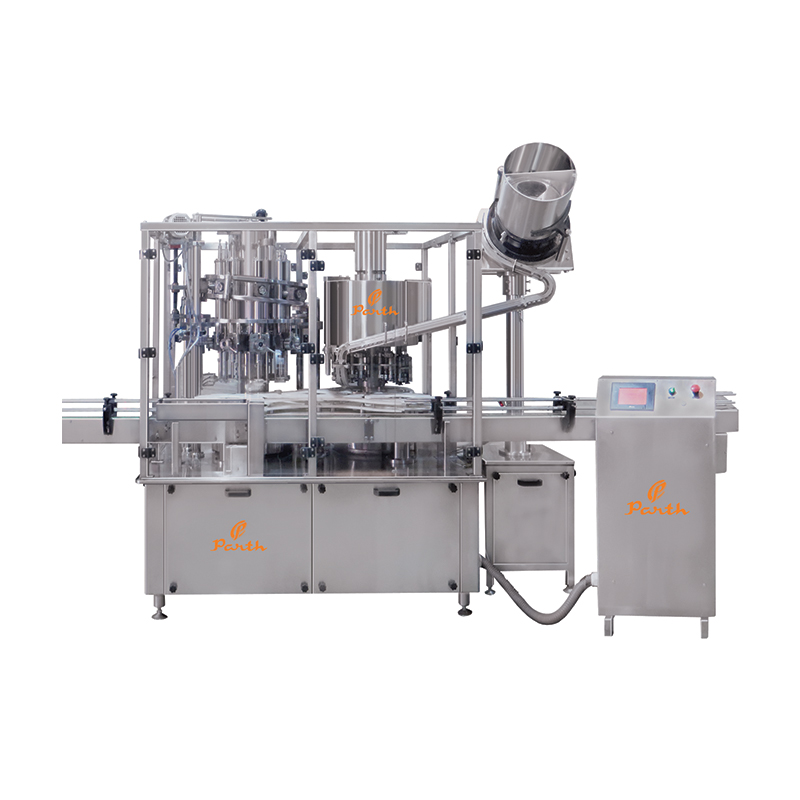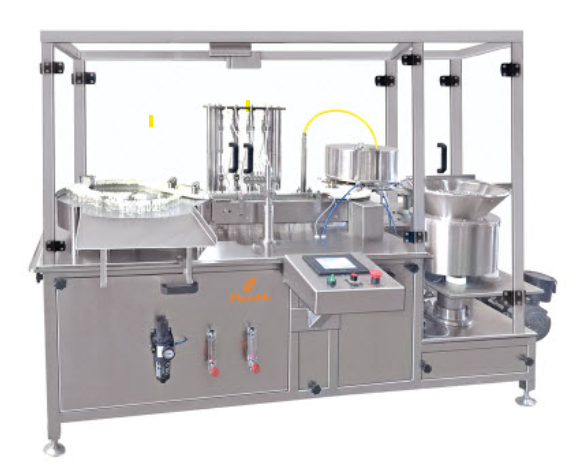As we step deeper into the decade, the demand for highly efficient, scalable and precise liquid packaging solutions continues to rise across industries. At the heart of this transformation lies the liquid filling machine line, which forms the backbone of packaging processes in pharmaceuticals, food and beverage, cosmetics and chemical sectors. This 2025 market outlook explores global trends driving demand for liquid filling machines, highlighting the critical technologies, emerging markets and innovations that are shaping the future.
Increasing Demand of Liquid Filling Machine for Automation and Precision
Across all liquid packaging sectors, automation has moved from luxury to necessity. Companies now prioritize consistent output, minimal human error and seamless integration of filling systems with upstream and downstream equipment.
Key Drivers:
- Regulatory pressures requiring error-free dosage and traceability.
- Workforce constraints, encouraging industries to automate repetitive tasks.
- Operational efficiency, minimizing downtime and maximizing throughput.
Machines like the servo base liquid filling machine meet these criteria with exceptional precision. The servo-driven systems offer programmable fill volumes and speeds, adapting in real-time to viscosity variations and container types.

Rise of Specialized Applications: Eye Drop Filling Machine Market Growth in 2025
The pharmaceutical sector, particularly in eye and ear care, is witnessing a significant surge. With increasing healthcare awareness and rising aging populations, demand for products like eye drops is growing globally.
Impact on Equipment Demand:
- Eye drop filling machines are now expected to handle micro-dosing with extreme accuracy.
- Integration with nozzle fitting and screw capping units ensures sterility and user safety.
- Global regulatory standards are pushing manufacturers to adopt machines with full validation support, automated cleaning and low product wastage.
Specialized solutions such as the eye drop filler machine are in high demand due to their compact design, cleanroom compatibility and ability to meet stringent filling accuracy requirements
Emergence of Modular and Scalable Liquid Filling Systems
Companies in emerging economies are scaling up production without overhauling existing infrastructure. Modular filling systems like automatic liquid filling machines that can be upgraded with extra filling heads or capping stations are becoming increasingly attractive.
Why Choose Modular Design?
- Cost-effective scalability without downtime.
- Suitable for a wide range of liquid types-aqueous, viscous or corrosive.
- Easy integration with labeling, capping and inspection machines.
The liquid filling machine line is now expected to offer more than just filling-it must support the entire bottling process with flexibility and minimal changeover time.
High-Speed, Multi-Container Adaptability as a Market Standard

In 2025, flexibility in handling diverse container shapes, volumes, and materials is a top requirement. The shift to volumetric liquid filling machines—especially rotary and linear types—supports operations that deal with frequent changes or private-label contracts.
Essential Capabilities:
- Neck centering systems for accurate filling into narrow or irregular containers.
- No-drip nozzles and anti-foaming features for delicate products.
- Customizable filling range without compromising accuracy.
Servo Base Technology Revolutionizing the Liquid Filling Line
Servo-driven filling heads are rapidly replacing pneumatic or mechanical drives. The servo base liquid filling machine leads this change with digitally controlled, feedback-based systems.
Advantages of Servo Base Technology:
- Unmatched filling repeatability.
- Real-time monitoring and adjustment of fill volumes.
- Reduced product loss and consistent operation at varying speeds.
Shift Toward Advanced Liquid Filling Lines with Industrial Integration
In 2025, digital transformation is no longer optional. Manufacturers are integrating IoT-enabled systems to collect and analyze performance data from their automatic liquid filling line.
Features Becoming Standard:
- Real-time production analytics.
- Predictive maintenance alerts based on sensor data.
- Integration with ERP systems for batch tracking and compliance.
These smart systems provide operational visibility and enhance overall equipment effectiveness (OEE), especially important in high-stakes industries like pharmaceuticals and diagnostics.
Growth in Emerging Economies and Decentralized Manufacturing
Rising healthcare access and new pharmaceutical hubs in Southeast Asia, Africa and South America are driving demand for compact, low-maintenance liquid filling lines. These regions prefer:
- Plug-and-play equipment.
- Simplified operation with minimal training.
- Affordable scalability.
The automatic liquid filling machine that supports flexible container types, robust uptime and easy part replacements is favored in these regions, especially where infrastructure and technical support may be limited.
Conclusion
The global landscape for liquid filling machines is evolving rapidly, shaped by automation, specialization, digitalization and compliance. From rotary volumetric bottle liquid filling machines to eye drop filler machines, manufacturers are now expected to provide end-to-end solutions that are intelligent, accurate and highly adaptable.
As we look ahead to the remainder of the decade, investment in modular, servo-controlled and smart-enabled liquid filling systems will define which manufacturers can scale and compete globally.
FAQs About Liquid Filling Machine
This machine is designed to fill liquids into bottles with high speed and accuracy. It is commonly used in industries like pharmaceuticals, cosmetics and beverages where precision in volume is important.
A servo base liquid filling machine uses servo motors to control the filling process. These motors allow precise adjustments, which helps in maintaining consistent fill volumes and reducing product wastage.
Yes, most modern liquid filling machines are designed to handle a variety of container shapes and sizes. They offer quick changeover features to switch between products efficiently.
An automatic liquid filling line reduces manual labor, increases production speed, improves fill accuracy and ensures consistent quality.











